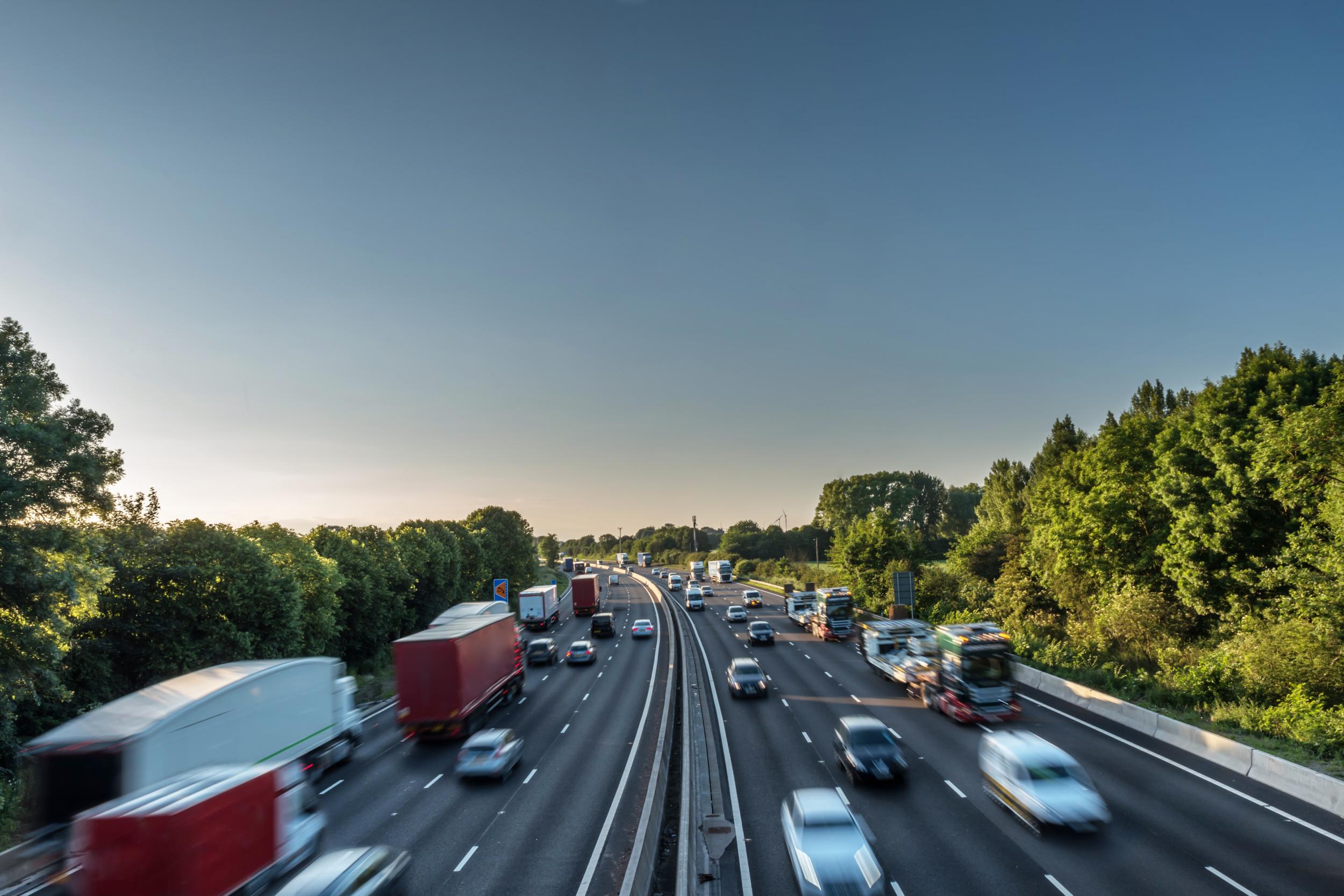Burials should be permitted next to motorways and railway lines, says leading public health expert
Idea for green ‘burial corridors’ comes amid concern Britain is running out of space in cemeteries and graveyards

Your support helps us to tell the story
From reproductive rights to climate change to Big Tech, The Independent is on the ground when the story is developing. Whether it's investigating the financials of Elon Musk's pro-Trump PAC or producing our latest documentary, 'The A Word', which shines a light on the American women fighting for reproductive rights, we know how important it is to parse out the facts from the messaging.
At such a critical moment in US history, we need reporters on the ground. Your donation allows us to keep sending journalists to speak to both sides of the story.
The Independent is trusted by Americans across the entire political spectrum. And unlike many other quality news outlets, we choose not to lock Americans out of our reporting and analysis with paywalls. We believe quality journalism should be available to everyone, paid for by those who can afford it.
Your support makes all the difference.Burials should be permitted alongside motorways and railway lines, according to a leading public health expert who is advocating a network of “green corridor cemeteries” across the UK.
Bodies could also be interned by the side of A-roads and country footpaths in a bid to reduce the sheer volume of the dead being interned in cemeteries and graveyards, says Professor John Ashton, a former director of public health.
It comes amid concerns that, with 500,000 deaths annually in England and Wales, all current burial space will be taken up within five years.
Such green corridors would be especially eco-friendly, says Professor Ashton, as bodies left in such locations would not be embalmed to prevent chemicals leaking into the wild soil there.
He suggests biodegradable coffins and limitations on marking stones would both ensure the deceased was returned to the earth in a “natural” and non-intrusive way.
Writing in the Journal of the Royal Society of Medicine published on Friday, he points to how a recent scheme to plant 130,000 trees in urban areas contributed to reducing pollution – and suggests trees as plot markers would have a similar positive effect.
While lacking in ambition, he writes of that initiative, it gives a clue as to what might be possible by joining up the dots of green environmentalism and human funerals.
He adds that the environmental and human health impacts of the fluids and materials used in embalming and coffins is a matter of growing concern, and resonates with a recent move towards simpler funeral approaches such as green funerals with biodegradable regalia in woodland areas or wild meadows.
With increasingly little prospect of finding burial space for those who seek it, he writes, there is an opportunity to look for bold new solutions.
Professor Ashton concludes: “A glimpse of what might be possible with political will and imagination can be seen by what has happened alongside long-forgotten canals by neglect and default where wildlife corridors have evolved over time.
“It is time to revisit the public health roots of human burial and connect them to a new vision for a planet fit for future generations.”
The Department for Food, Environment and Rural Affairs and the Church of England were both contacted by The Independent for comment.
Subscribe to Independent Premium to bookmark this article
Want to bookmark your favourite articles and stories to read or reference later? Start your Independent Premium subscription today.
Join our commenting forum
Join thought-provoking conversations, follow other Independent readers and see their replies
Comments